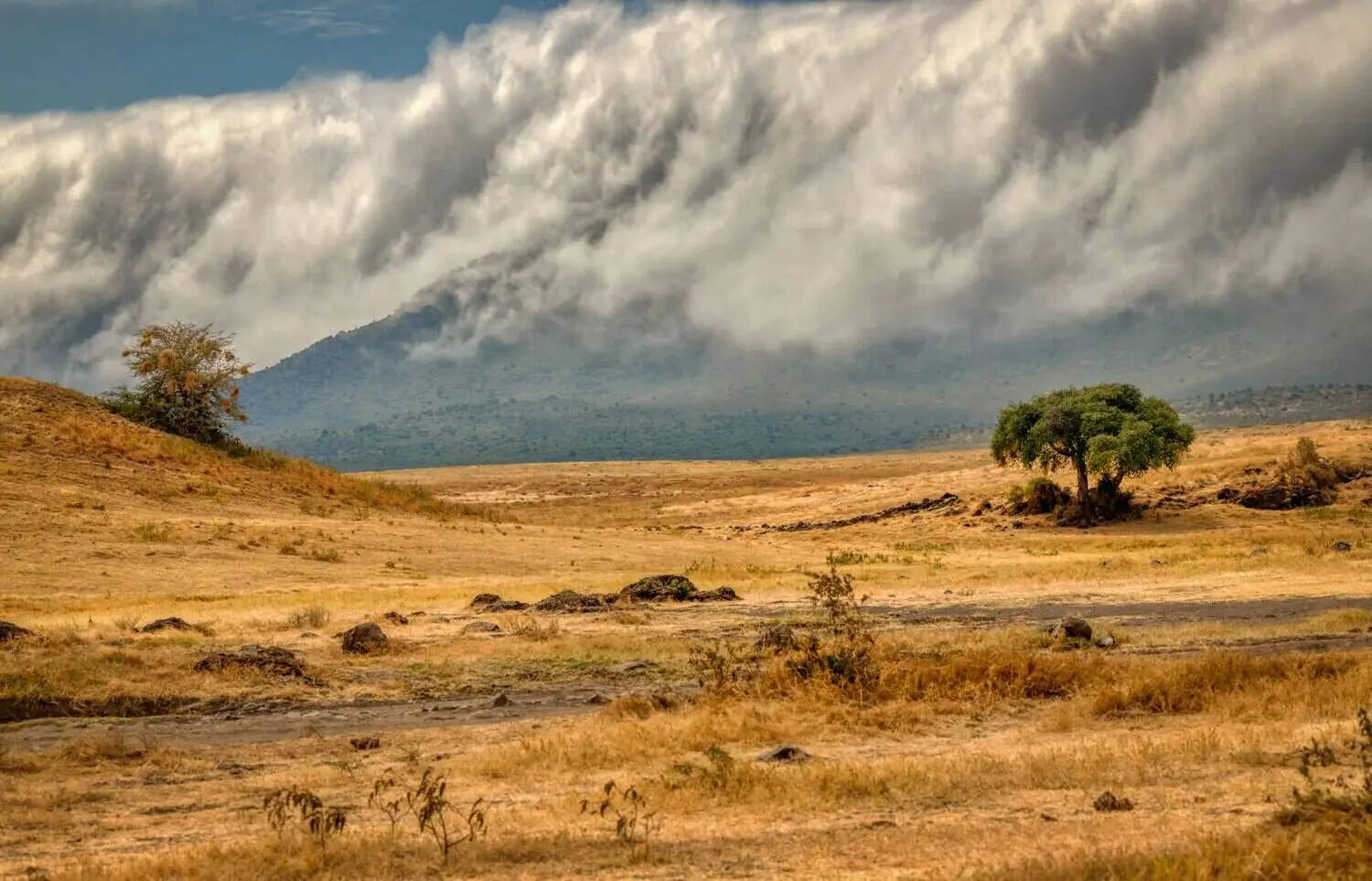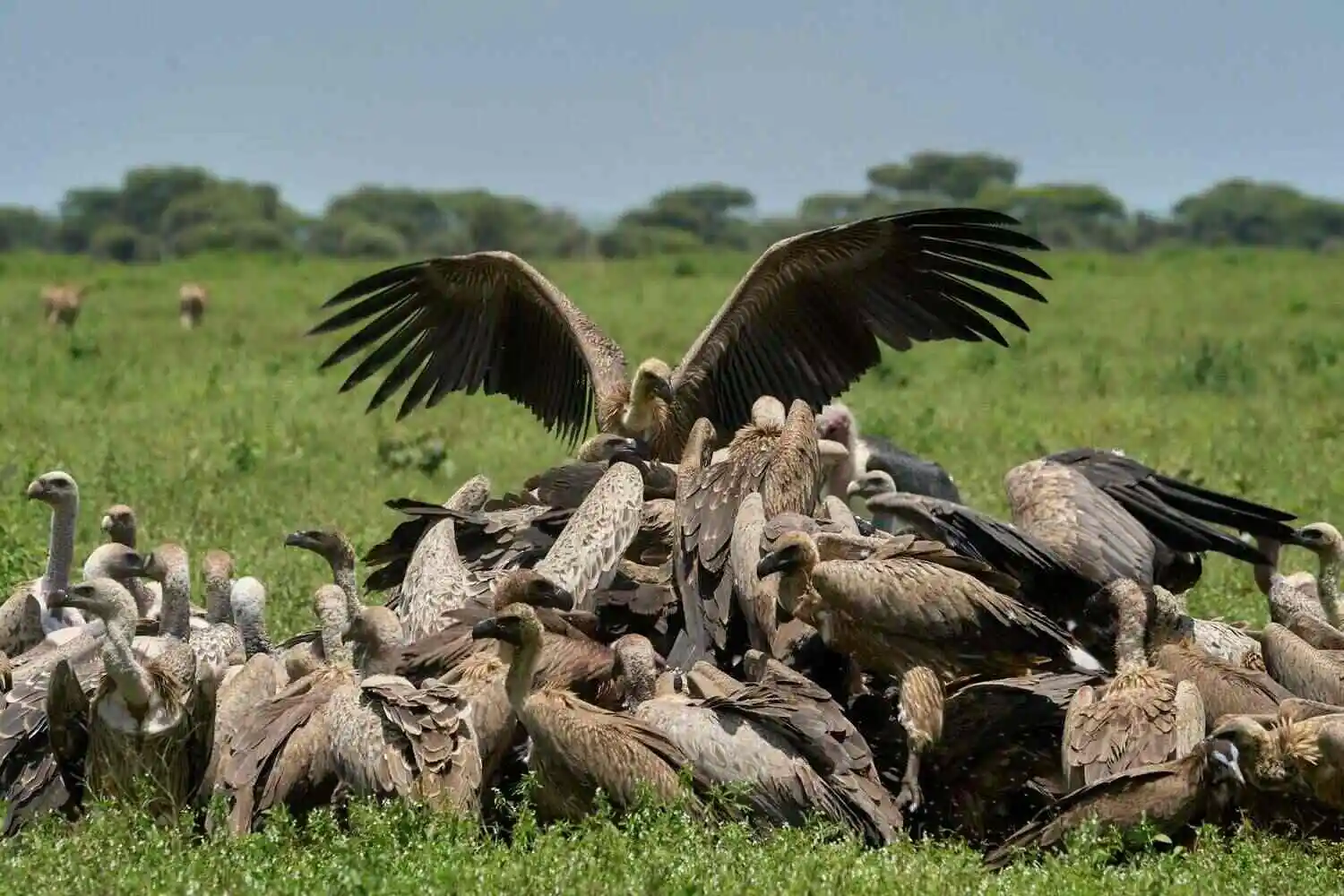Ngorongoro Conservation Area
Ngorongoro Conservation Area
Ngorongoro Conservation Area in Tanzania is a nature lover’s paradise. Established in 1959, this large area covers 8,292 square kilometers and is famous for its stunning landscapes and abundant wildlife. The highlight is the Ngorongoro Crater, the world’s largest inactive volcanic caldera, offering spectacular views and amazing animal sightings.
The crater is home to about 25,000 animals, including elephants, lions, zebras, and wildebeests. It’s one of the best places to see the endangered black rhinoceros. The lush grasslands and forests create a perfect habitat for these animals.
The area is important for archaeology. Olduvai Gorge, located within Ngorongoro, is called the “Cradle of Mankind.” It has some of the earliest evidence of human ancestors, making it an interesting place for those curious about human history.
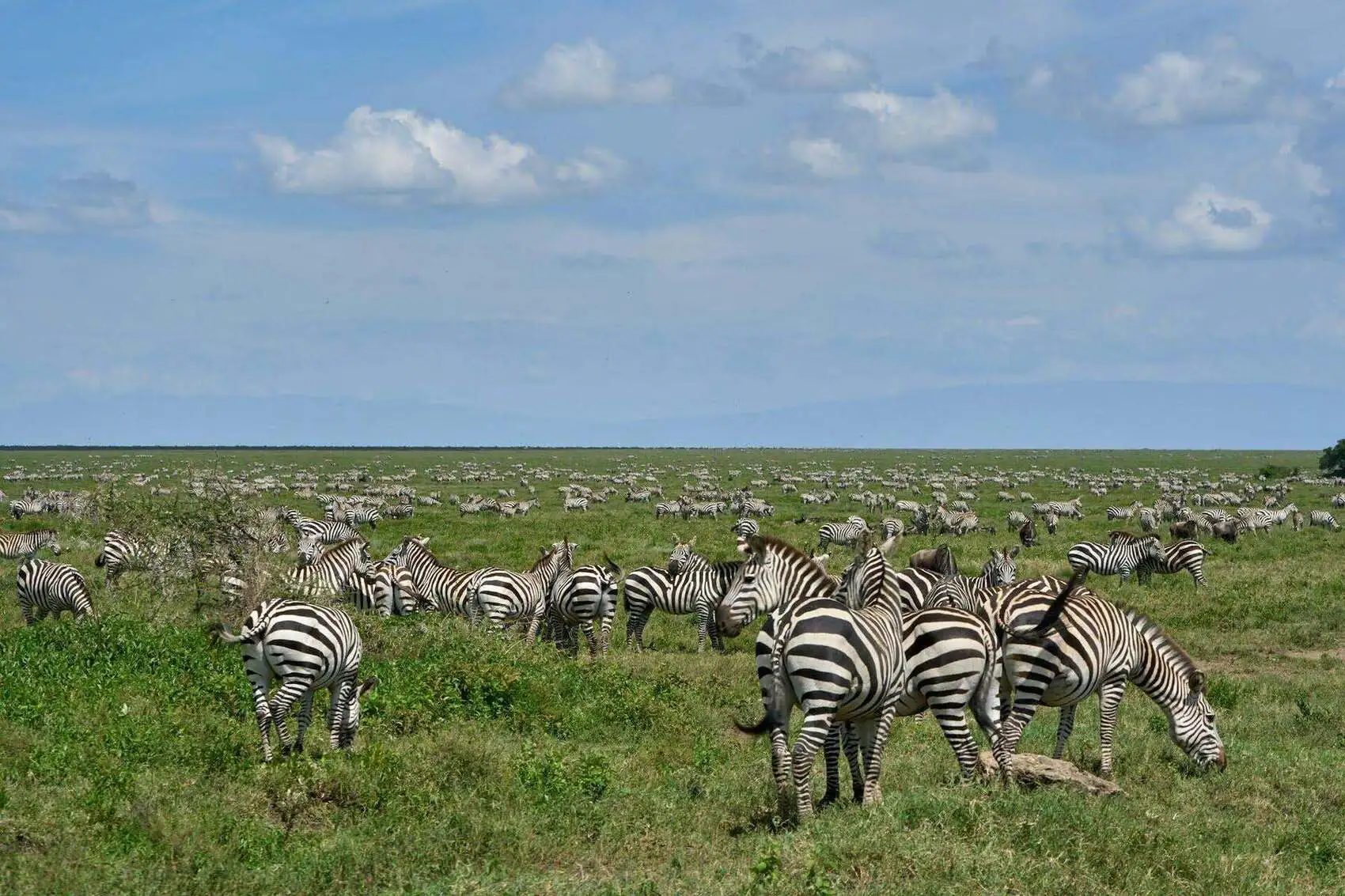
Safaris in Ngorongoro are unforgettable. Imagine being on the crater floor, surrounded by the crater walls, and seeing lions, elephants, and other wildlife up close. The area’s different habitats, from highlands to plains, offer a unique safari experience.
Ngorongoro Safari Tours
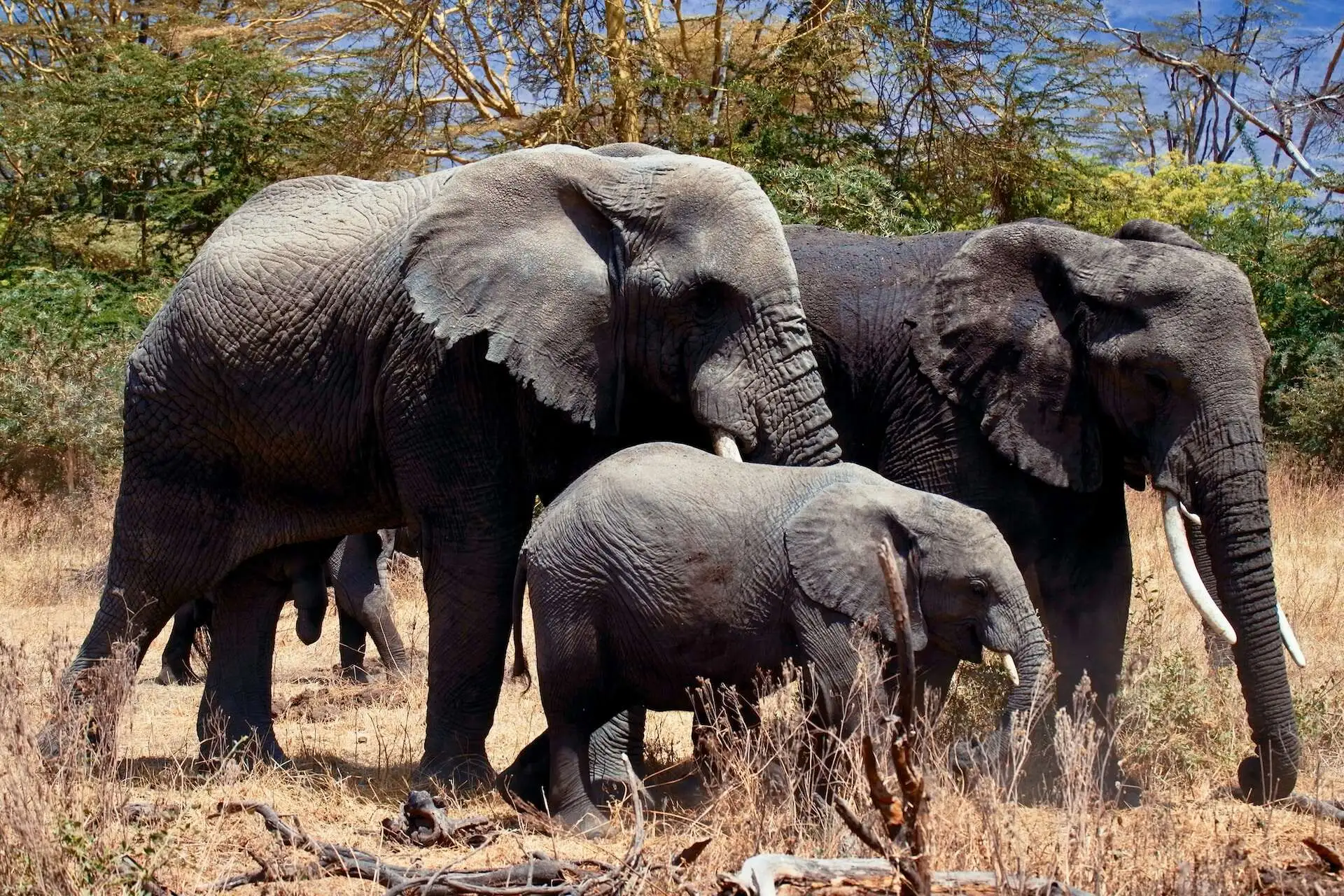
5 Days
Arusha & Ngorongoro Safari
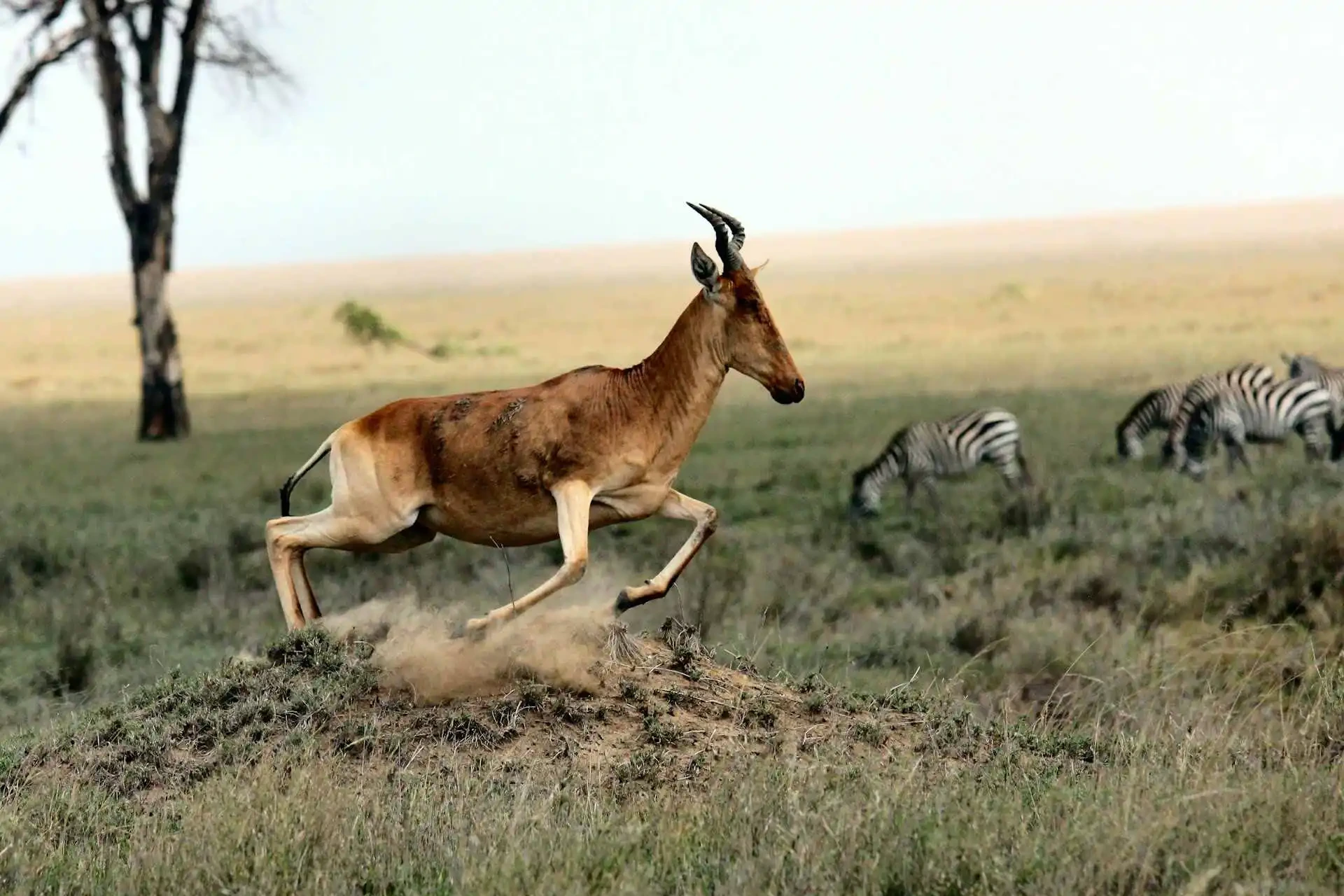
4 Days
Serengeti & Ngorongoro Safari
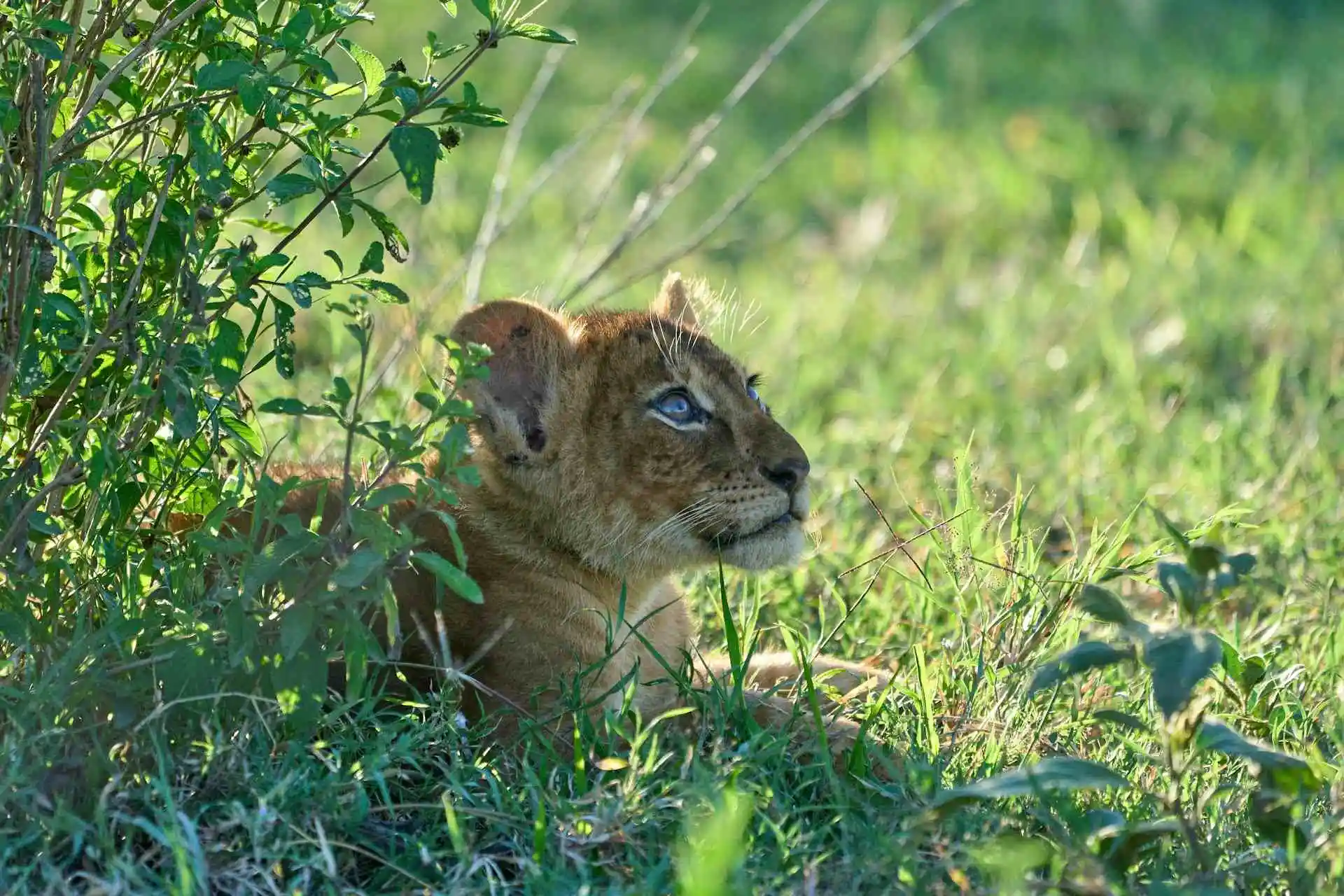
3 Days
Ngorongoro Safari
Wildlife in Ngorongoro

The wildlife in Ngorongoro Conservation Area is amazing! Imagine seeing elephants, lions, zebras, and wildebeests roaming around freely. There’s even a chance to spot the rare black rhinoceros. The area is like a big playground for these animals, with plenty of space to explore and find food.
You can also see lots of birds, like flamingos and ostriches, flying around or perched in trees. And don’t forget about the Maasai giraffes, which are the tallest giraffes in the world! It’s like being in a real-life animal kingdom, where you can watch these incredible creatures in their natural habitat.
Whether you’re a big animal lover or just enjoy being in nature, Ngorongoro Conservation Area is the perfect place to visit.

Mammals
- Black Rhinoceros
- African Lion
- Spotted Hyena
- African Buffalo
- Grant’s Zebra
- Blue Wildebeest
- Topi
- Coke’s Hartebeest
- Common Warthog
- Olive Baboon

Birds
- Lammergeyer
- Martial Eagle
- African Crowned Eagle
- Kori Bustard
- Secretarybird
- Saddle-billed Stork
- African Gray Parrot
- Hadada Ibis
- Common Crane
- Gray Heron

Reptiles
- Nile Crocodile
- African Rock Python
- Leopard Tortoise
- Agama Lizard
- Puff Adder
- Black Mamba
- Boomslang
- Nile Monitor
- African House Snake
- African Giant Gecko
Best Time to Visit Ngorongoro Conservation Area
The best time to visit Ngorongoro Conservation Area depends on your interests. The dry season, from June to October, is ideal for wildlife viewing as animals gather around water sources and the weather is cooler and dry. This season offers clear skies and less dense vegetation, perfect for photography and safaris.
The wet season, from November to May, is great for birdwatching and enjoying lush, green landscapes. From November to March, you can see many migratory birds and newborn animals.
Although April and May are the wettest months, they offer fewer crowds, lower prices, and exceptionally beautiful scenery.

Prime Times for Ngorongoro’s Natural Events
Bird Migration
(November to April)
During these months, migratory birds arrive, making it an excellent time for birdwatching. Species from Europe and Asia come to the area, adding to the already diverse bird population.
Great Migration
(December to March)
During this time, vast herds of wildebeest, zebras, and other animals migrate to the Ndutu region in the southern Ngorongoro Conservation Area to give birth. The abundance of newborns attracts predators like lions and hyenas
Calving Season
(January to February)
Many herbivores, including wildebeests and zebras, give birth during this period. The abundance of newborns attracts predators, providing dramatic wildlife viewing opportunities.
Ngorongoro’s Climate
Ngorongoro Conservation Area experiences two main seasons. From March to May and November to December, it’s the rainy season with an average annual rainfall of about 800mm. During this time, the landscape becomes lush and green, with blooming flowers and flowing streams. However, be prepared for muddy paths and some travel delays. Temperatures range from 18°C to 24°C during the rainy months.
In contrast, the dry season, perfect for safaris and hiking, runs from June to October and January to February, with temperatures between 20°C and 28°C. These months are ideal for wildlife watching as animals gather around water sources. The clear skies and pleasant weather make it a fantastic time for safari enthusiasts. The park offers diverse experiences as its charm shifts with the changing seasons.
Ngorongoro climate chart
| Month | Jan | Feb | Mar | Apr | May | Jun | Jul | Aug | Sep | Oct | Nov | Dec |
|---|---|---|---|---|---|---|---|---|---|---|---|---|
| Min (°C) | 14 | 15 | 14 | 13 | 13 | 14 | 11 | 12 | 13 | 13 | 14 | 14 |
| Max (°C) | 25 | 26 | 25 | 23 | 22 | 23 | 23 | 25 | 27 | 25 | 24 | 24 |
How to Reach Tanzania
There are multiple ways to reach Tanzania, with the most common being by flying into one of its international airports. These include Julius Nyerere International Airport (DAR) in Dar es Salaam, Kilimanjaro International Airport (JRO) near Arusha, and Mwanza International Airport (MWZ).
Tanzania is well-connected to major cities around the globe through reputable airlines such as Emirates, Qatar Airways, Turkish Airlines, Air India, IndiGo, Ethiopian Airlines, KLM Royal Dutch Airlines, Air France, British Airways, and Lufthansa. These airlines provide flights from various key airports worldwide, ensuring a smooth and hassle-free journey to Tanzania.
Getting to the Ngorongoro Conservation Area
Once in Tanzania, your journey to Ngorongoro Conservation Area primarily involves travel by road.
From Kilimanjaro International Airport (JRO): Located about 227 kilometers (141 miles) from Ngorongoro, it serves as a major gateway. The drive takes approximately 4-5 hours, depending on road conditions and traffic. You can choose from taxis, private transfers, or shuttle buses, ensuring a comfortable start to your Ngorongoro adventure.
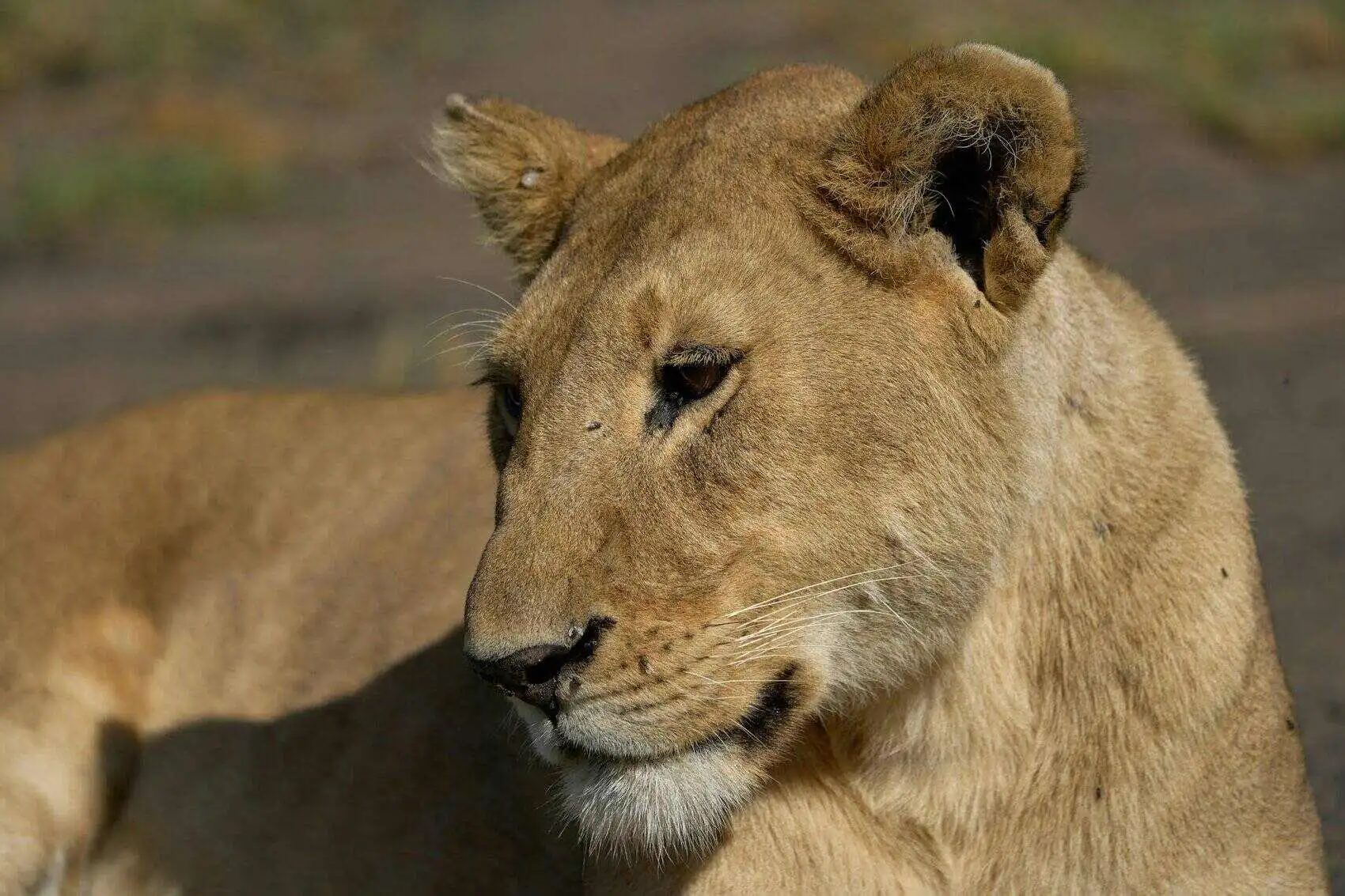
From Arusha Airport (ARK): Situated in Arusha city, approximately 168 kilometers (104 miles) from Ngorongoro, this smaller airport is a convenient option. The journey takes about 3-4 hours by car, depending on road conditions and traffic. If you’re already in Arusha, various transportation options are available to smoothly take you into the heart of Ngorongoro Conservation Area.
Excited for an unforgettable adventure in the Ngorongoro Conservation Area? Book your safari with us today!



